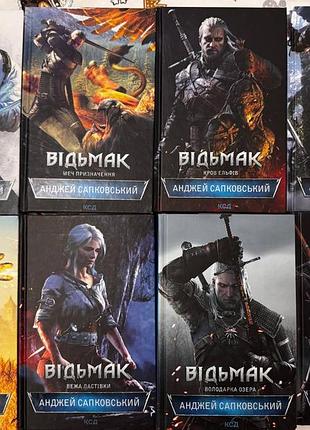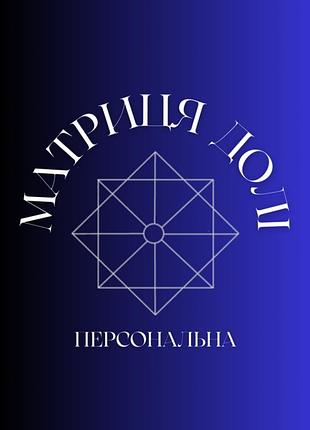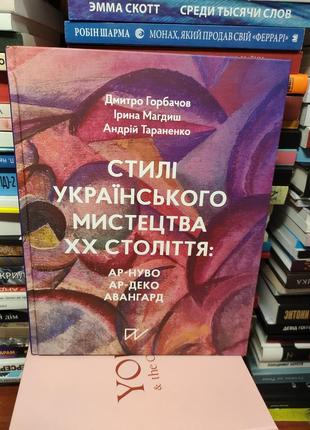Get programming: learn to code with python, ana bell
Описание
Summary
Get Programming: Learn to code with Python
introduces you to the world of writing computer programs without drowning you
in confusing jargon or theory that make getting started harder than it should
be. Filled with practical examples and step-by-step lessons using the easy-on-
the-brain Python language, this book will get you programming in no time!
This book works perfectly alongside our video course
Get Programming with Python in Motion
, available exclusively at .com: www..com/livevideo/get-programming-with-
python-in-motion
About the Technology
Let's face it. The only way to learn computer programming is to do it. Whether
you want to skill up for your next job interview or just get a few pet
projects done, programming can be an amazing tool. This book is designed
especially for beginners, helping them learn to program hands on, step by
step, project by project. It's time to get programming!
About the Book
Get Programming: Learn to code with Python
teaches you the basics of computer programming using the Python language. In
this exercise-driven book, you'll be doing something on nearly every page as
you work through 38 compact lessons and 7 engaging capstone projects. By
exploring the crystal-clear illustrations, exercises that check your
understanding as you go, and tips for what to try next, you'll start thinking
like a programmer in no time.
What's Inside
Programming skills you can use in any language
Learn to code—no experience required
Learn Python, the language for beginners
Dozens of exercises and examples help you learn by doing
About the Reader
No prior programming experience needed..
About the Author
Ana Bell
is an MIT lecturer and scientist who teaches the popular course, Introduction
to Computer Science and Programming Using Python.
Table of Contents
LEARNING HOW TO PROGRAM
Lesson 1 - Why should you learn how to program?
Lesson 2 - Basic principles of learning a programming language
UNIT 1 - VARIABLES, TYPES, EXPRESSIONS, AND STATEMENTS
Lesson 3 - Introducing Python: a programming language
Lesson 4 - Variables and expressions: giving names and values to things
Lesson 5 - Object types and statements of code 46
Lesson 6 - Capstone project: your first Python program-convert hours to
minutes
UNIT 2 - STRINGS, TUPLES, AND INTERACTING WITH THE USER
Lesson 7 - Introducing string objects: sequences of characters
Lesson 8 - Advanced string operations
Lesson 9 - Simple error messages
Lesson 10 - Tuple objects: sequences of any kind of object
Lesson 11 - Interacting with the user
Lesson 12 - Capstone project: name mashup
UNIT 3 - MAKING DECISIONS IN YOUR PROGRAMS
Lesson 13 - Introducing decisions in programs
Lesson 14 - Making more-complicated decisions
Lesson 15 - Capstone project: choose your own adventure
UNIT 4 - REPEATING TASKS
Lesson 16 - Repeating tasks with loops
Lesson 17 - Customizing loops
Lesson 18 - Repeating tasks while conditions hold
Lesson 19 - Capstone project: Scrabble, Art Edition
UNIT 5 - ORGANIZING YOUR CODE INTO REUSABLE BLOCKS
Lesson 20 - Building programs to last
Lesson 21 - Achieving modularity and abstraction with functions
Lesson 22 - Advanced operations with functions
Lesson 23 - Capstone project: analyze your friends
UNIT 6 - WORKING WITH MUTABLE DATA TYPES
Lesson 24 - Mutable and immutable objects
Lesson 25 - Working with lists
Lesson 26 - Advanced operations with lists
Lesson 27 - Dictionaries as maps between objects
Lesson 28 - Aliasing and ing lists and dictionaries
Lesson 29 - Capstone project: document similarity
UNIT 7 - MAKING YOUR OWN OBJECT TYPES BY USING OBJECT-ORIENTED PROGRAMMING
Lesson 30 - Making your own object types
Lesson 31 - Creating a class for an object type
Lesson 32 - Working with your own object types
Lesson 33 - Customizing classes
Lesson 34 - Capstone project: card game
UNIT 8 - USING LIBRARIES TO ENHANCE YOUR PROGRAMS
Lesson 35 - Useful libraries
Lesson 36 - Testing and debugging your program
Также ищут:
Похожие товары
ТОП объявления
-
 TopСерия книг "отеньмак"1100 грн
TopСерия книг "отеньмак"1100 грн -
 TopМатрица судьбы125 грн
TopМатрица судьбы125 грн -
 TopПуговицы и кружево730 грн
TopПуговицы и кружево730 грн -
 TopКнига «бриджертона.я и герцог»300 грн
TopКнига «бриджертона.я и герцог»300 грн




































